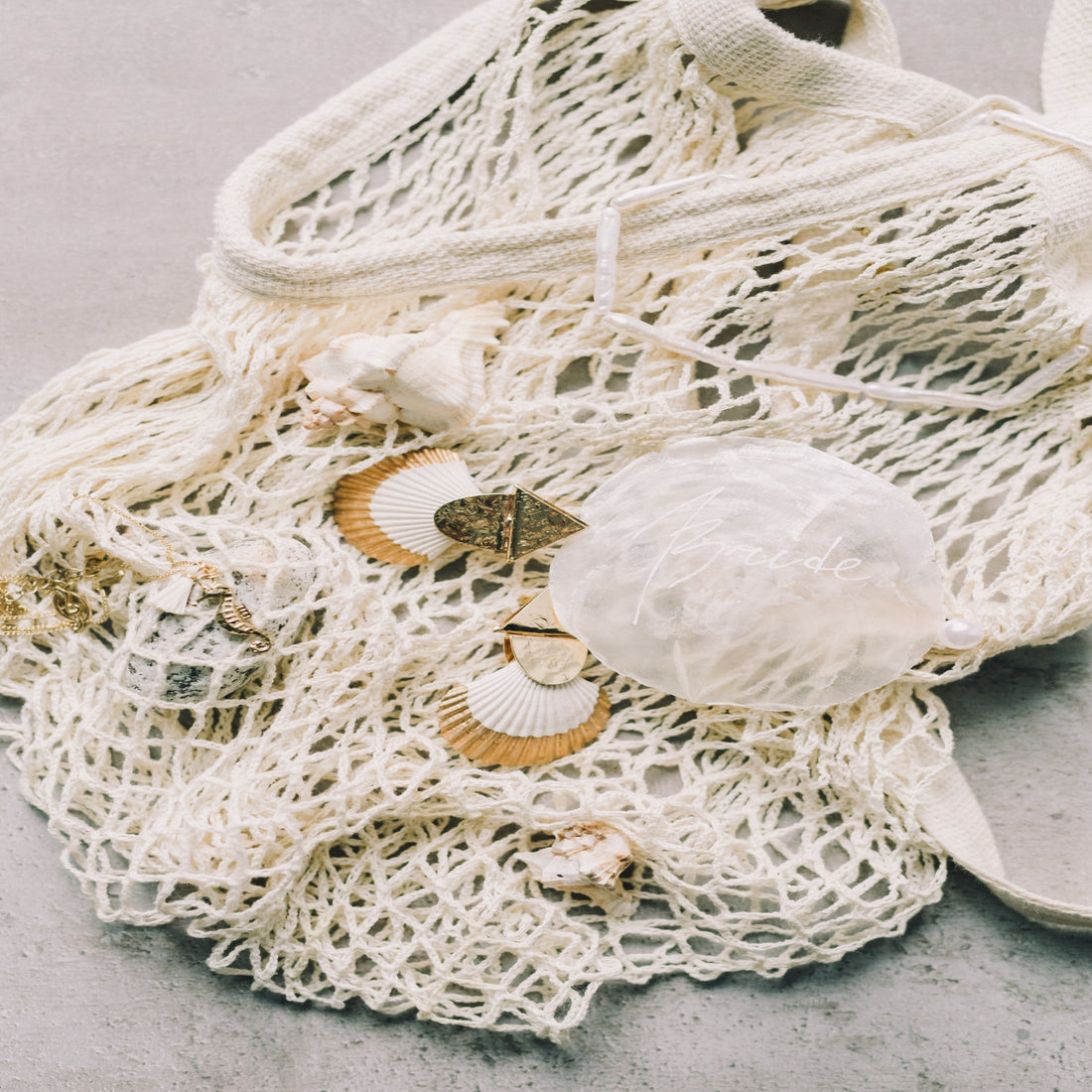
Knit Lace: A Guide to Creating Beautiful Patterns
Knit Lace: A Guide to Creating Beautiful Patterns
For many knitters, lace is one of the more daunting aspects of the craft. But with a little practice and a few tips and tricks, lace knitting can become a fun and rewarding part of your repertoire. Here’s a guide to getting started with knit lace, whether you’re a beginner or just looking to sharpen your skills.
Choosing a Lace Pattern
When you’re first starting out with lace knitting, it’s important to choose a pattern that is appropriate for your skill level. Look for patterns with relatively straightforward stitch repeats, and choose a yarn that’s not too fine or slippery, as these can make it difficult to see and manipulate your stitches.
Many lace patterns are charted, which can be intimidating for some knitters. However, charts are often easier to read and follow than written instructions, especially if you’re working with a complicated pattern. Take some time to familiarize yourself with chart symbols and how they correspond to different types of stitches, and you’ll be able to tackle even the most intricate lace patterns.
Working Lace Stitches
Lace patterns typically involve yarnovers, decreases, and other stitches that create holes and spaces in your fabric. These stitches can be a little tricky to work at first, but the key is to take it slow and pay close attention to your knitting.
Yarnovers involve simply wrapping your yarn around your needle as you’re knitting, rather than working a stitch. They create extra stitches that can be paired with decreases to create decorative motifs and patterns. To work a yarnover, simply bring your yarn to the front of your work (if you’re knitting), then wrap it over the top of your needle and bring it to the back of your work again before continuing on with your next stitch.
Decreases involve knitting or purling two or more stitches together to create a single stitch. These stitches are often worked together with yarnovers to create decorative motifs and patterns. Common decreases include knit two together (k2tog) and slip-slip-knit (SSK).
Reading Your Knitting
One of the most important skills in lace knitting is being able to read your knitting as you work. This means that you can look at your fabric and understand what stitches you’ve worked and what stitches are coming up next.
To become comfortable with reading your knitting, spend some time studying your pattern and understanding how each stitch and motif is worked. Look closely at your fabric as you work, and pay attention to how the stitches are forming and how the pattern is progressing.
Blocking Your Lace
Blocking is an essential step in creating beautiful lace fabric. It involves wetting your finished knitting and pinning it out to dry in order to even out any uneven stitches and open up the lace motifs. Blocking can also help to set the shape of your finished garment or accessory.
To block your lace, start by immersing your finished knitting in cool water with a little bit of wool wash. Gently squeeze out any excess water, then lay your knitting out on a flat surface and pin it out to the desired measurements. Use rustproof pins to avoid leaving any marks on your fabric, and take care to pin out any lace motifs so that they are clearly visible.
Finishing Your Lace
Once your lace is blocked and dried, it’s time to finish it off. This might mean seaming together your garment or adding a border to your shawl. Be sure to follow your pattern instructions carefully, and take care to weave in any ends neatly.
Most importantly, wear your new lace creation with pride and enjoy the process of creating something beautiful and unique!
Conclusion
Knitting lace can be a challenging but rewarding experience. By choosing a pattern that is appropriate for your skill level, mastering lace stitches like yarnovers and decreases, and taking the time to read and block your knitting, you can create beautiful lace garments and accessories that will be treasured for years to come. Keep these tips in mind as you dive into the world of knit lace, and remember to have fun and enjoy the process!